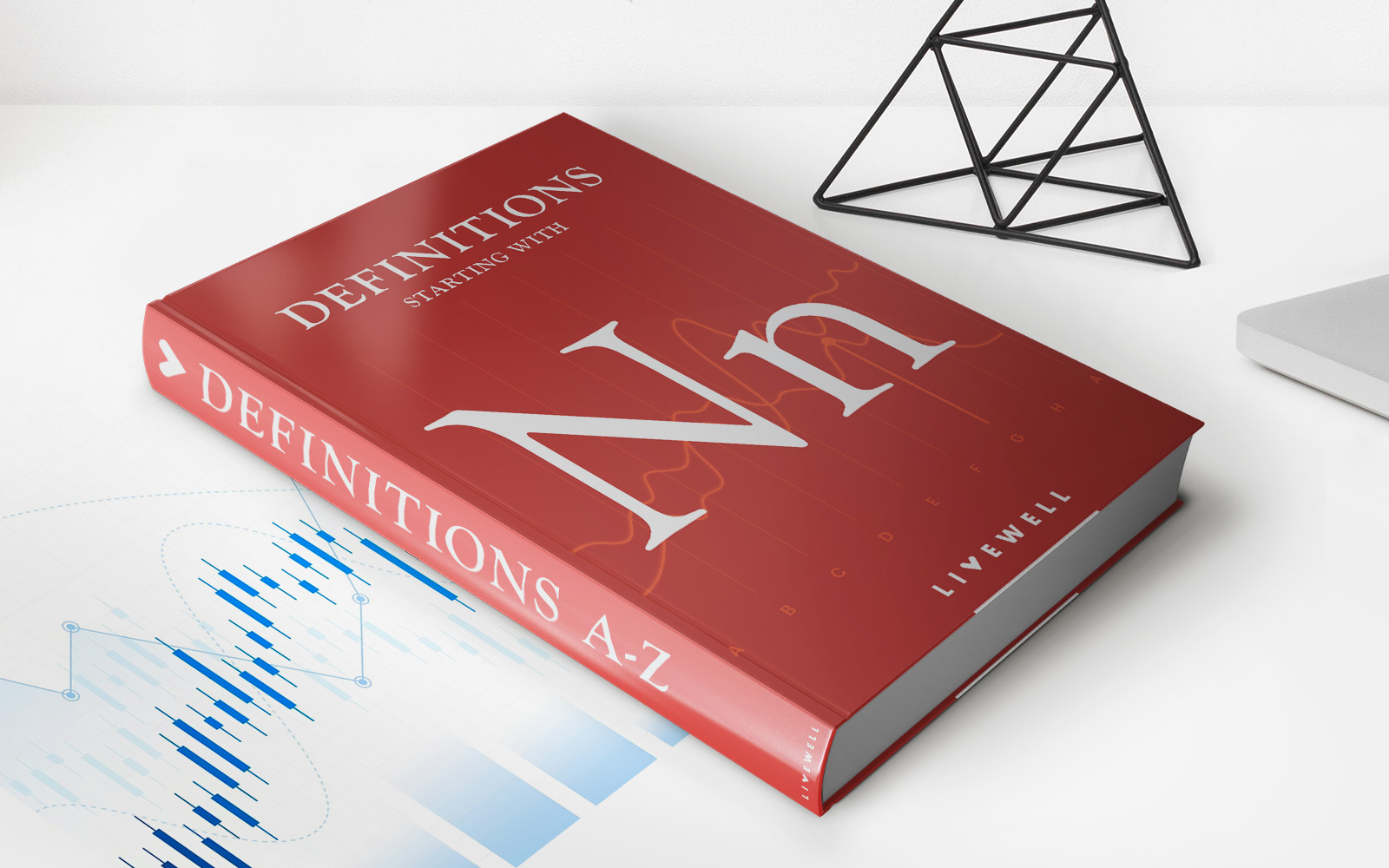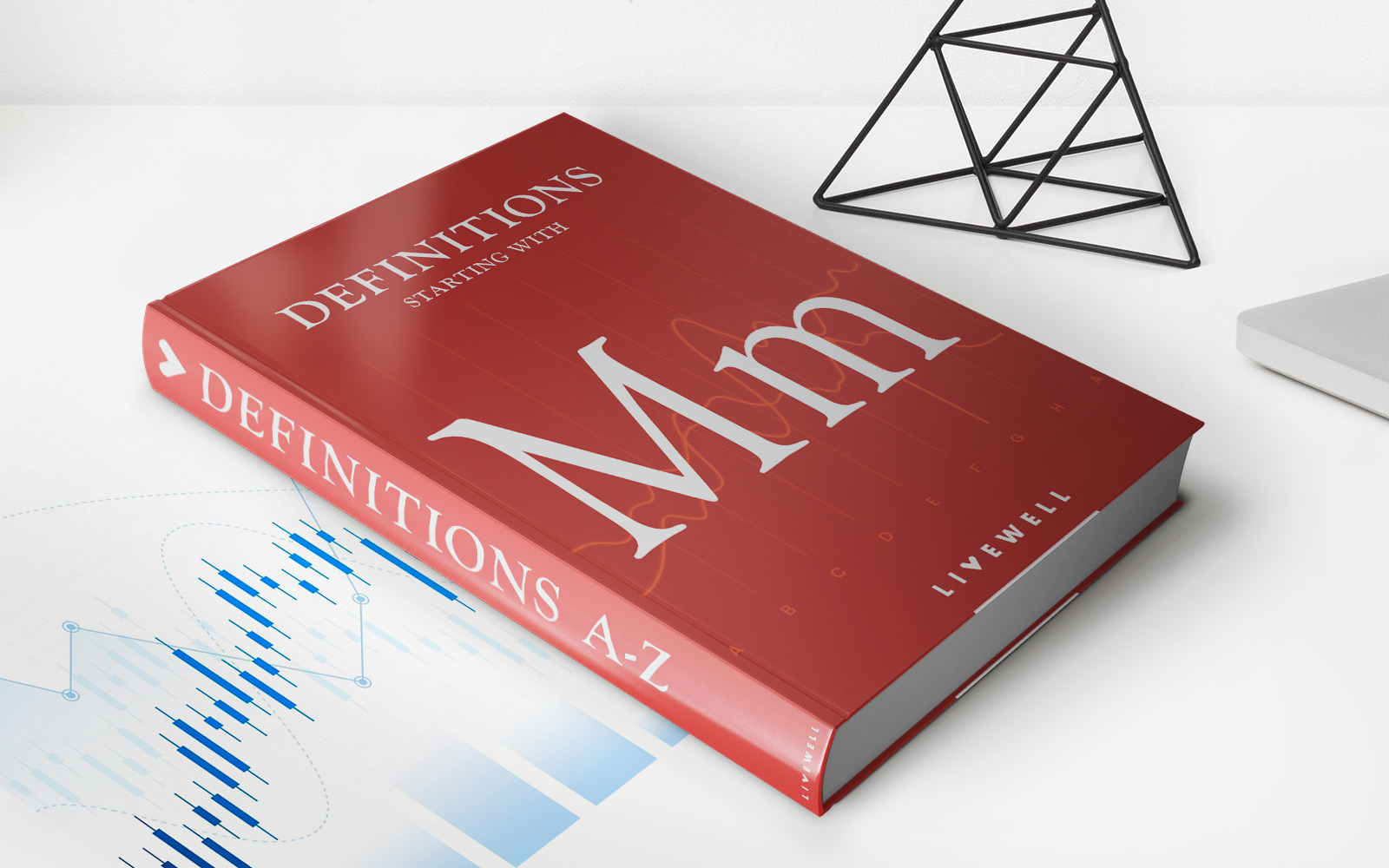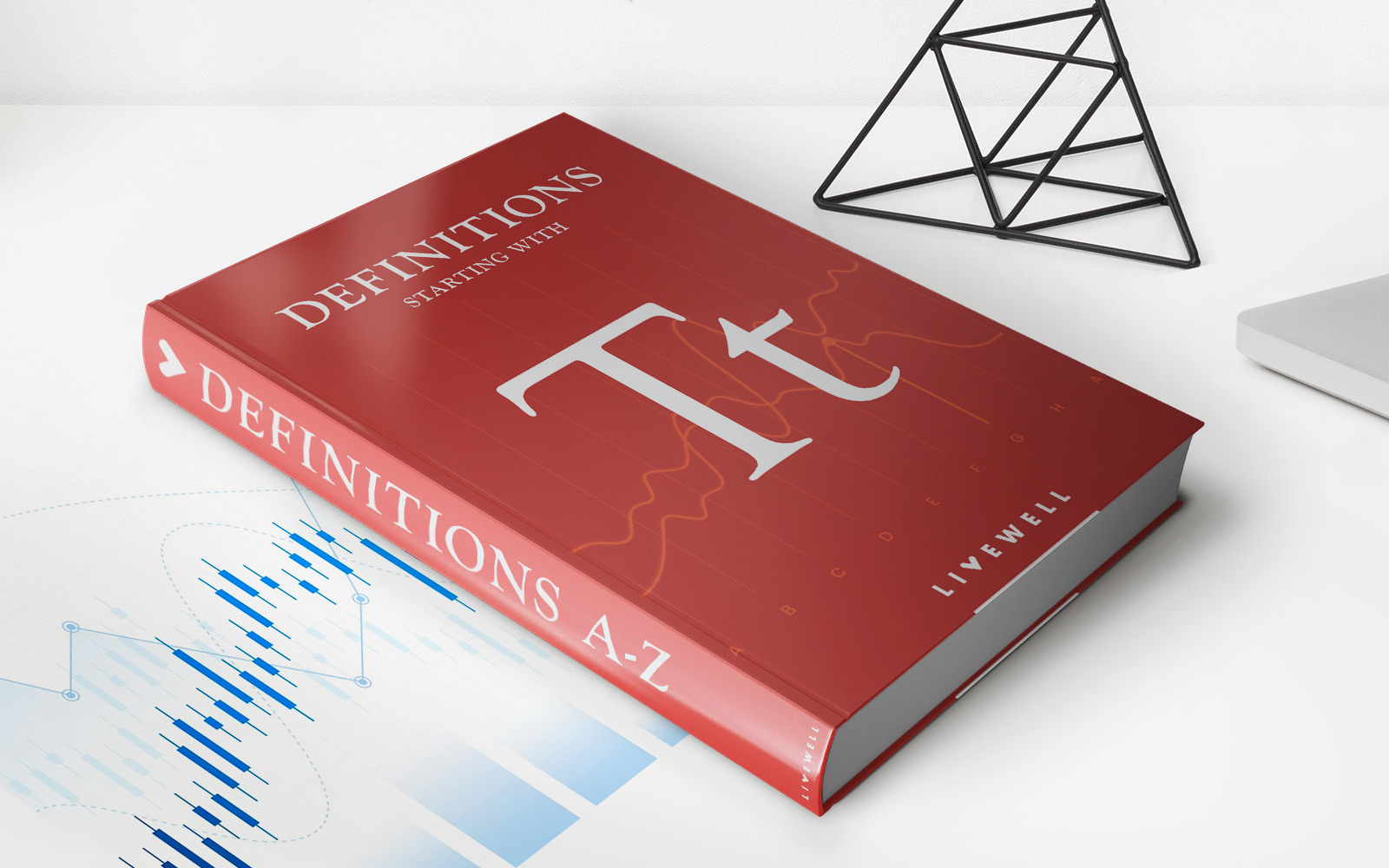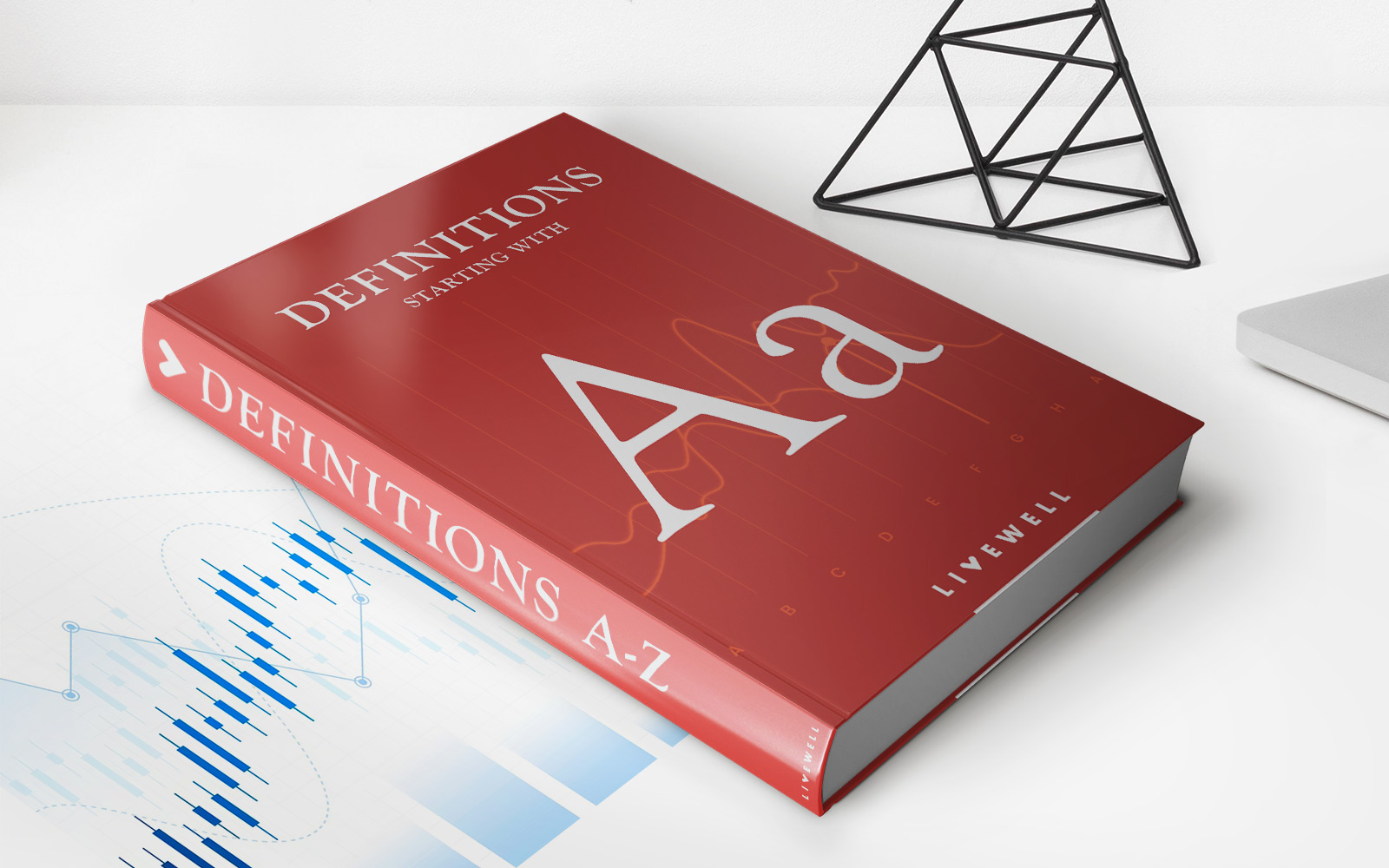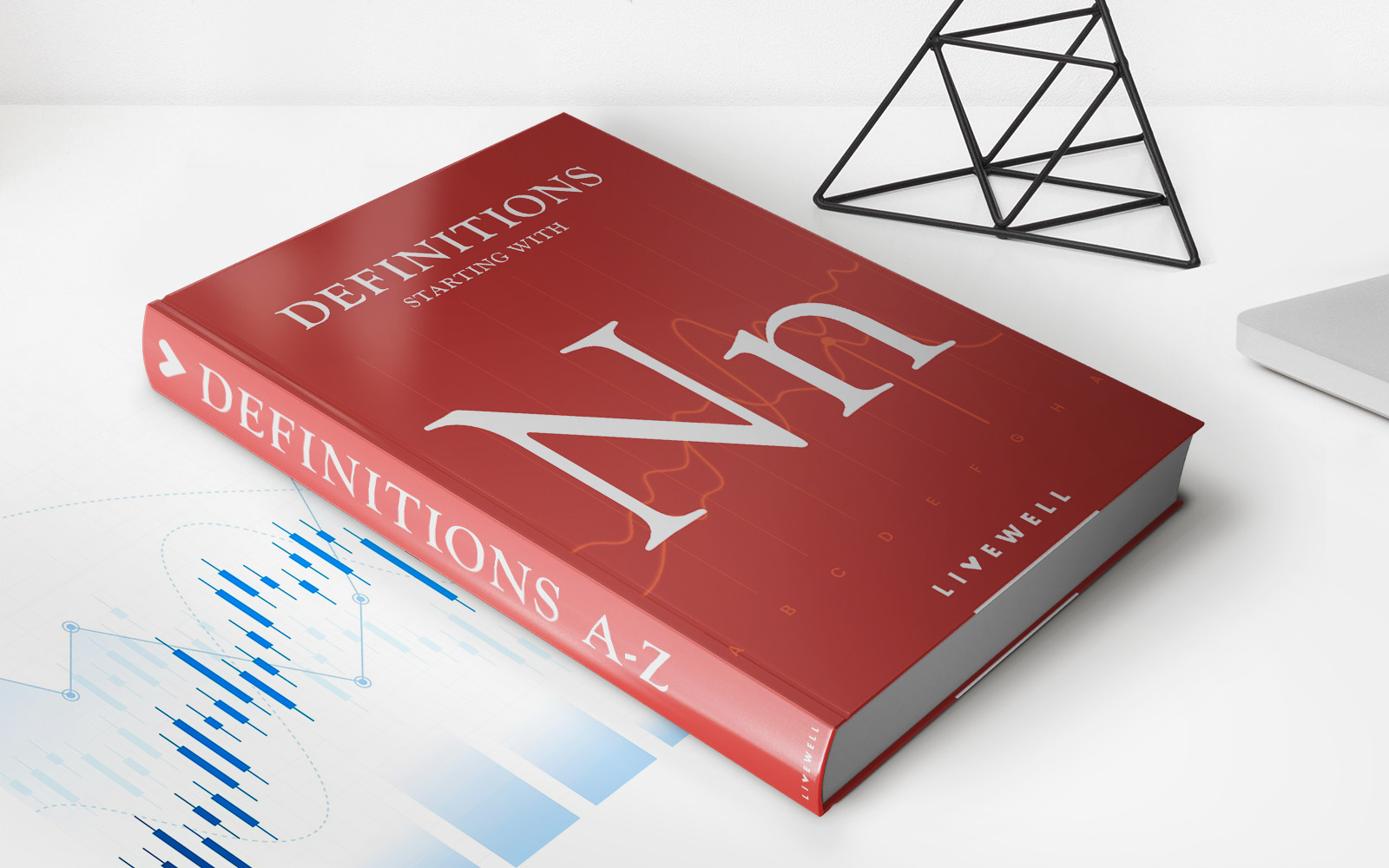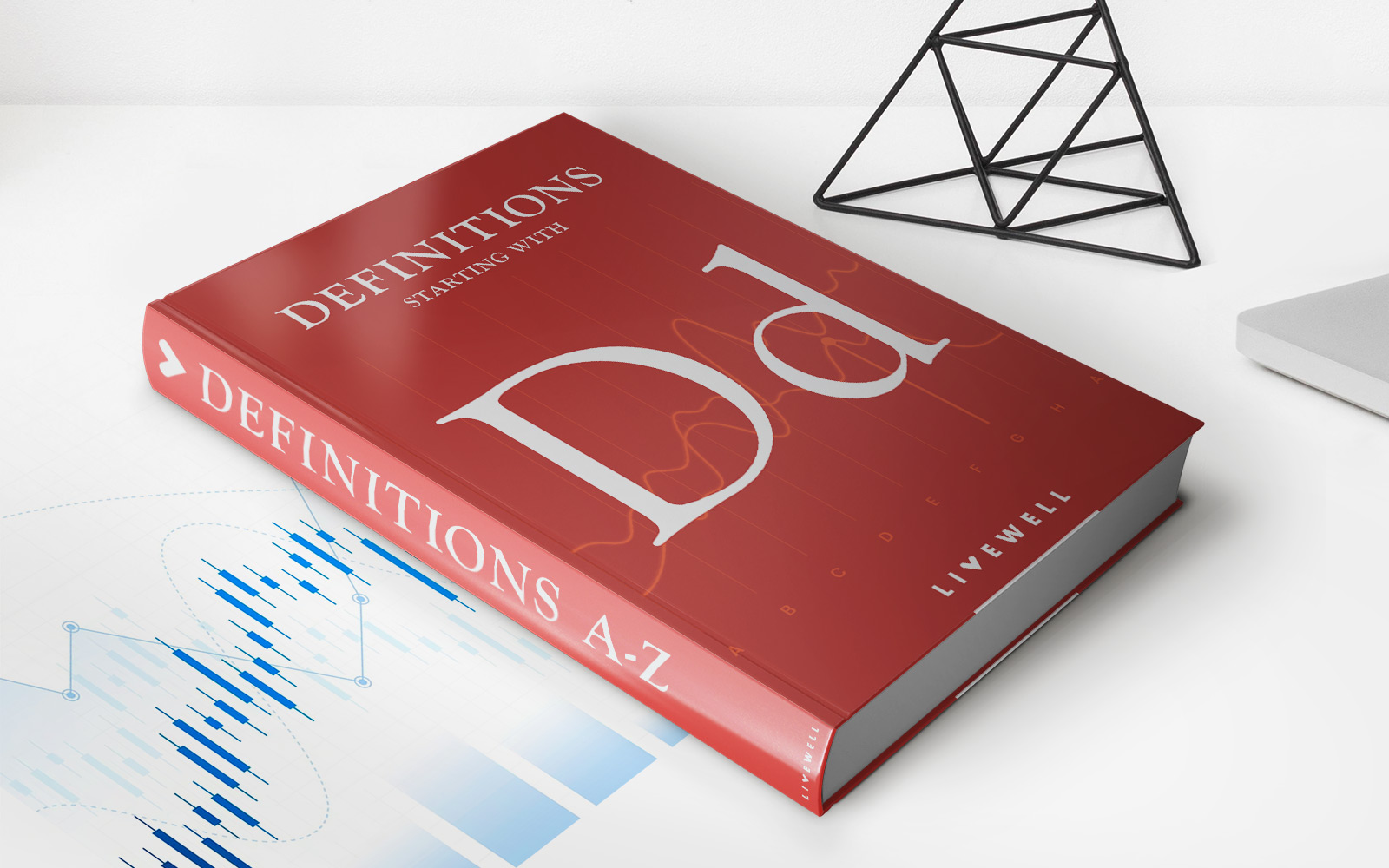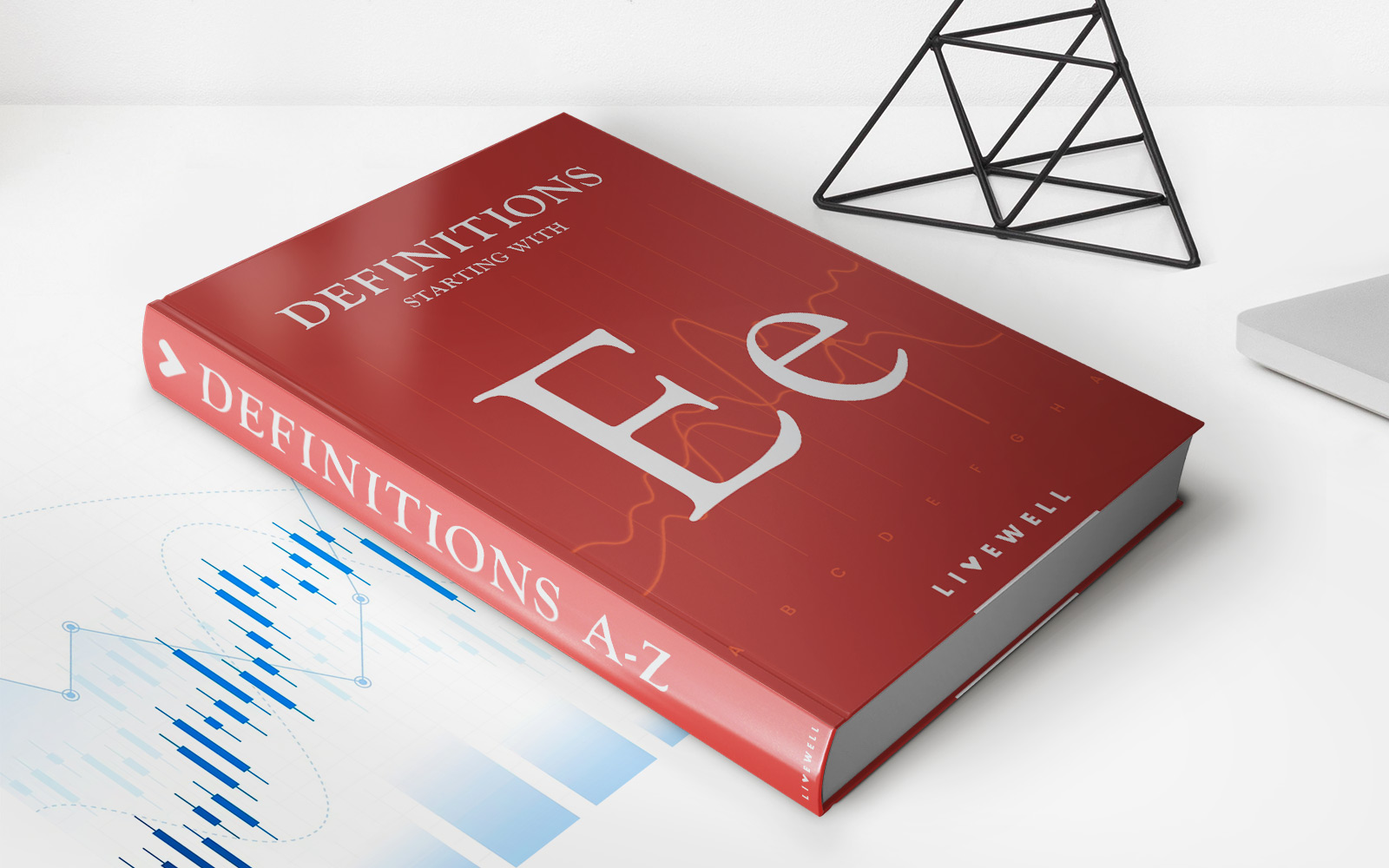Home>Finance>Precedent Transaction Analysis: Definition And How It Works


Finance
Precedent Transaction Analysis: Definition And How It Works
Published: January 10, 2024
Learn how finance professionals use Precedent Transaction Analysis, its definition, and how it works to evaluate market value and assess potential investments.
(Many of the links in this article redirect to a specific reviewed product. Your purchase of these products through affiliate links helps to generate commission for LiveWell, at no extra cost. Learn more)
Unlocking the Power of Precedent Transaction Analysis in Finance
When it comes to making informed financial decisions, having access to the right information is crucial. One valuable tool that financial professionals use is Precedent Transaction Analysis. In this article, we will explore the definition of Precedent Transaction Analysis and how it works, providing you with the knowledge to make more informed financial decisions.
Key Takeaways:
- Precedent Transaction Analysis is a method used to assess the value of a company by analyzing similar transactions in the market.
- It involves reviewing historical transaction data, such as mergers and acquisitions, to determine a fair market value for the company in question.
So, What is Precedent Transaction Analysis?
Precedent Transaction Analysis (PTA) is a financial analysis method used to determine the value of a company by examining similar transactions that have occurred in the market. This analysis is particularly useful when valuing companies involved in mergers and acquisitions.
When conducting a Precedent Transaction Analysis, financial professionals review historical transaction data, such as prices paid for similar companies, the ratio of the purchase price to the company’s earnings or EBITDA (earnings before interest, taxes, depreciation, and amortization), and other relevant financial metrics. By examining the details of similar transactions, analysts can better understand the market value of the company in question.
How Does Precedent Transaction Analysis Work?
The process of conducting a Precedent Transaction Analysis involves several steps:
- Identify Comparable Transactions: The first step is to identify relevant transactions that are similar in nature to the company being valued. This includes mergers, acquisitions, and other deals within the same industry or sector.
- Gather Transaction Details: Once the comparable transactions have been identified, financial professionals gather detailed information about these transactions, including the purchase price, financial metrics, such as revenue and profitability, and other relevant data.
- Analyze and Adjust: Analysts then analyze the gathered transaction data, looking for patterns and trends. They may adjust the transaction values based on factors such as market conditions, the size of the transactions, and the differences between the comparable companies and the company being valued.
- Calculate Valuation Multiples: To determine the value of the company being analyzed, analysts calculate valuation multiples based on the adjusted transaction data. These multiples, such as the price-to-earnings ratio or the enterprise value-to-sales ratio, provide insights into the fair market value of the company.
- Apply Multiples to the Company: Finally, analysts apply the calculated valuation multiples to the financial metrics of the company being valued. This results in an estimated valuation for the company based on the Precedent Transaction Analysis.
By following these steps, financial professionals can gain a deeper understanding of a company’s value within the market and make more informed investment decisions.
The Power of Precedent Transaction Analysis in Finance
Precedent Transaction Analysis is a powerful tool that provides valuable insights into the market value of a company. Here are two key takeaways:
- Market-Based Valuation: Unlike other valuation methods that heavily rely on financial projections and internal data, Precedent Transaction Analysis is based on real-world transactions. This approach provides a more comprehensive view of the market dynamics.
- Understanding Market Trends: By analyzing historic transactions, financial professionals can identify trends and patterns within the market. This knowledge can be used to make better predictions and strategic decisions.
In conclusion, Precedent Transaction Analysis is a valuable tool in the world of finance. By examining similar transactions, financial professionals gain insights into the market value of a company, enabling them to make more informed investment decisions. So, the next time you are evaluating a potential investment or acquisition, consider harnessing the power of Precedent Transaction Analysis.




